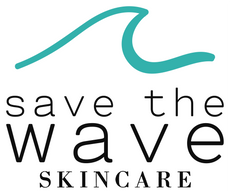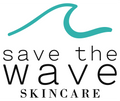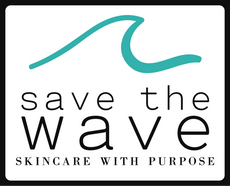What is THAT on my skin?! Day 2: Atypical Moles.
We all have moles, also known as nevi, on our skin. Most adults will have anywhere from 10-40 common or “normal” moles.
Common moles begin to develop in childhood and typically do not appear in older adults. A common mole is small (smaller than a pencil eraser), round with smooth edges, one color (usually tan, brown or skin colored), and does not change over time.
So what is a “atypical mole” and why are they important?
Atypical moles look different from common moles in that they tend to be larger, more than one color and may have an odd shape. They will generally develop starting at puberty and may continue into adulthood and throughout life.
We have a higher risk of melanoma if we have many common moles (more than 40) or more than 4 atypical moles.
What can you do if you have atypical moles or a family history of melanoma?
- Regular skin examinations by a dermatology provider at least every 12 months.
- Perform monthly skin examinations at home to observe any changes in your moles specifically looking for the ABCDE’s of melanoma.
- Asymmetry. One side does not look like the other
- Border irregularity. Scalloped or poorly defined edge
- Color variability from one area to another
- Diameter bigger than 6mm (a pencil eraser)
- Evolution. When a mole or growth changes over time in size, shape or color
- Avoid tanning and protect your skin! We are talking about BOTH indoor and outdoor ultraviolet light. Exposure to ultraviolet light from the sun (and indoor tanning beds) is the most preventable risk factor for all skin cancers, including melanoma.
We all get SOME ultraviolet exposure during the day, even if just doing our day to day activities such as riding in the car, going to the store, walking our dogs, and going to the post office, etc. It is important to PROTECT our skin every day from this incidental exposure. EVERY DAY we need to apply a mineral-based broad-spectrum water resistant sunscreen with an SPF 30 or higher, even on cloudy and overcast days. Focus on high exposure areas such as the face, neck, chest, ears, hands, and the top of the head. Other sun protective measures include seeking shade from 10am to 4pm if possible, protective clothing such as long sleeve shirts and wide brim hats. Remember to reapplying sunscreen every 80 minutes after swimming or sweating.

If you have any areas that you are concerned about, please talk with your medical provider.









Leave a comment